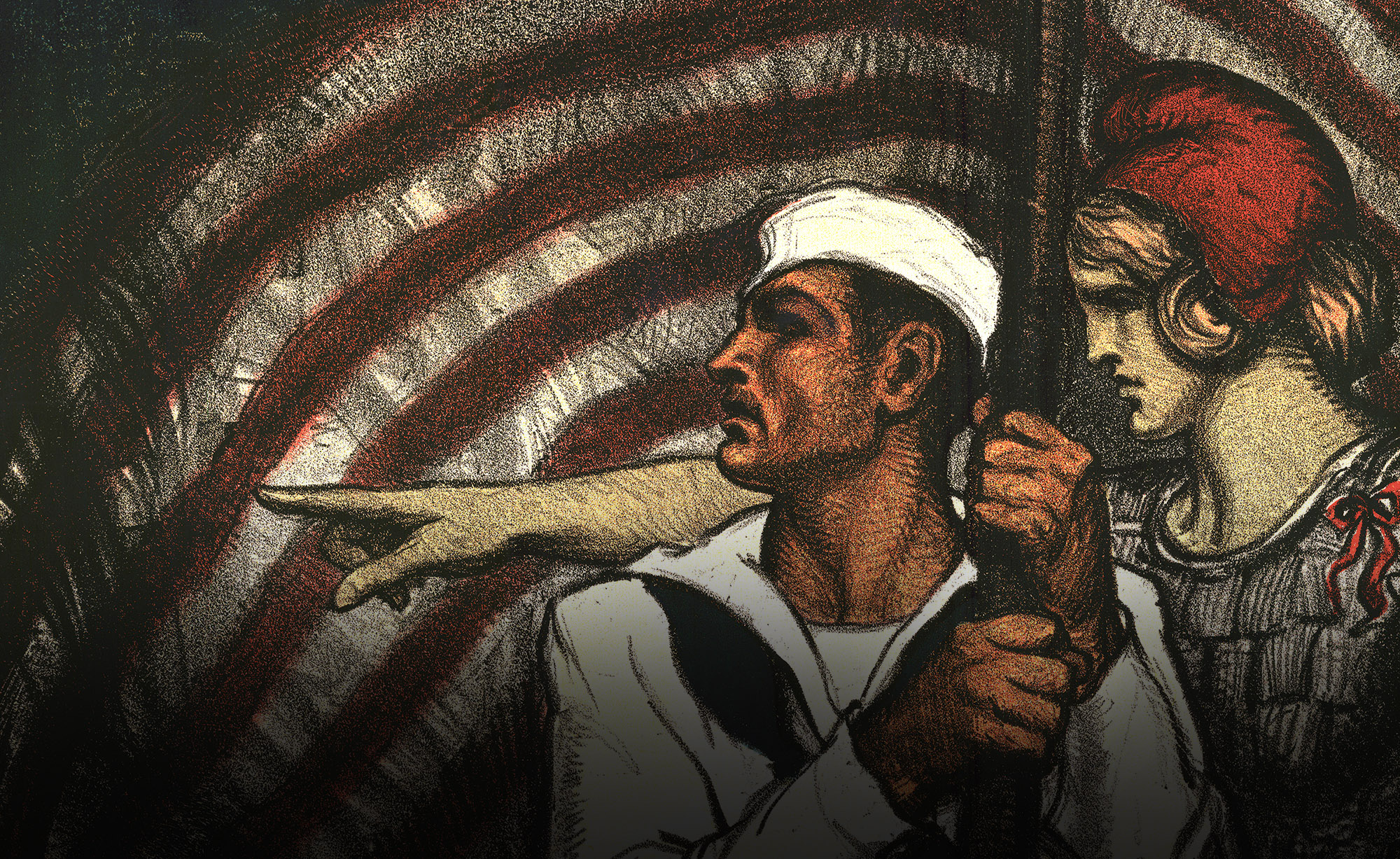| u0003_0004200_0000067 |
| Title | Shall We Be More Tender 2nd Liberty Loan |
| Creator | Dan Sayre Groesbeck |
| Date | 1917 |
| Format | 20 x 30 in |
| Description | Dan Sayre Groesbeck’s poster draws from culturally meaningful words and symbols to convince viewers to support the war effort by purchasing Liberty Loans. “Shall we be more tender with our dollars than with the lives of our sons?” was a question asked by U.S. Secretary of the Treasury W.G. McAdoo that pitted financial conservatism against love for country and family. In asking if people valued money over the lives of the nation’s children, McAdoo’s words confront audiences with such a potent ethical obligation to support the war that it should come as no surprise that this quotation appears in multiple posters. The text is complemented visually with the inclusion of the iconic Uncle Sam, dressed in brightly colored patriotic clothing. Uncle Sam, the largest and most imposing figure in the poster, extends one hand to the viewer, and with the other hand, gestures behind to an endless sea of marching soldiers, the “sons” referenced in McAdoo’s quotation. The scene over Uncle Sam’s shoulder is captivating in its scope and content, with Groesbeck demonstrating precisely how depth of field can be used to communicate visually. Uncle Sam is placed in close proximity to the viewer, and toward the front of the immense military procession behind him, an American flag is lifted into the air. Above both the flag and the horizon of tightly grouped dots meant to signify endless rows of soldiers, the Statue of Liberty is clearly visible, surrounded by warships and airplanes. His use of depth establishes the magnitude of the operation, a strategy to evoke feelings of awe and admiration in the viewer. |
| Copyright and Terms | Images are in the public domain or protected under U.S. copyright law (Title 17, U.S. Code), and both types may be used for research and private study. For publication, commercial use, or reproduction, in print or digital format, of all images and/or the accompanying data, users are required to secure prior written permission from the copyright holder and from archives@ua.edu. When permission is granted, please credit the images as Courtesy of The University of Alabama Libraries Special Collections. |

